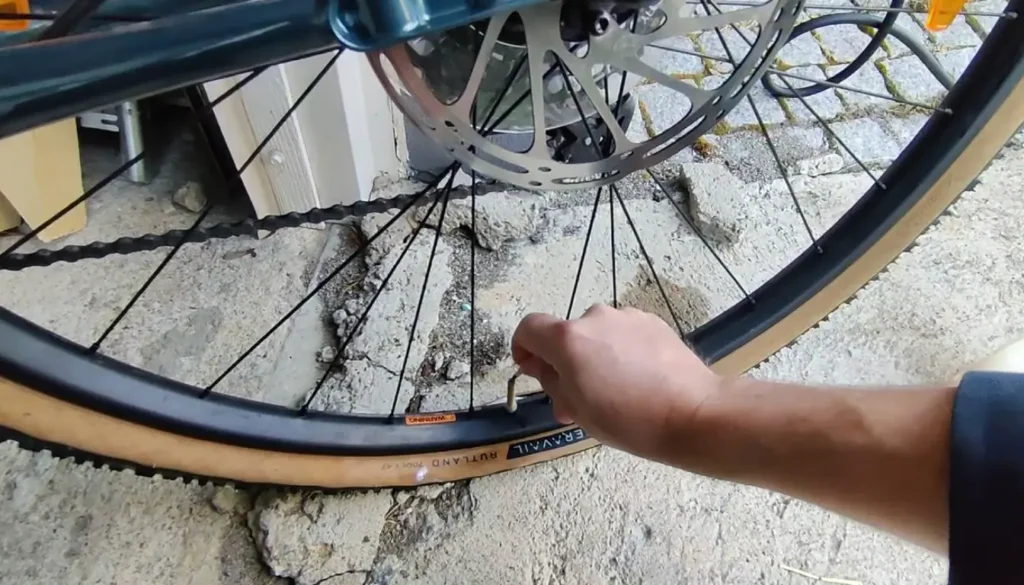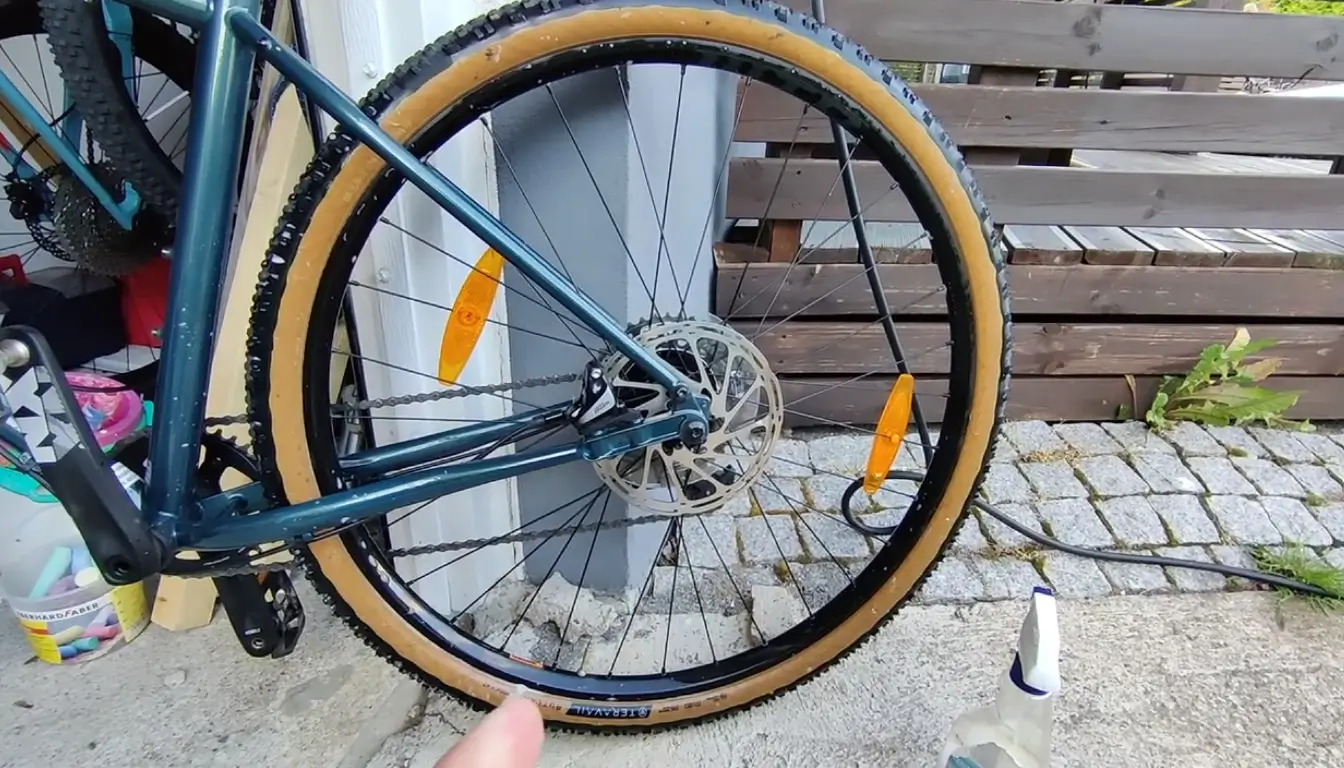Rady to go for a ride? But your bike tires have losen their air and need to be inflated? Nothing can be more frustrating than this, especially when you have left them with full air and the air gets lost on its own. Usually, this can happen due to two reasons. Mostly our bike tires lose air naturally through the small pores due to having porous tires after a period of time, and another reason is somehow the tire has faced wear and tear that has made the air lose.
How Do Bike Tires Lose Air Naturally?
There is a science behind this. Bike tires can hold air for a short period of time, then they leak air naturally. Rubber is made of elastic polymer that strands mini pathways. Through these tiny pathways air can easily pass out, and they do so, they escape through these ways. As a result, the tire loses air naturally. Here the logic is the thinner rubber tires, the thinner tire you have the more air loss you will face. If you have a road bike, you will lose tire air faster than an mtb bike. While an mtb bike will lose air faster than a motorcycle tire and a motorcycle tire will lose air faster than a car.
What Causes Defective Bike Tires To Lose Air?
Defective tire means ripped bike tires, punctured tires, over pump tires, slow leaks, and damaged tire liner. If your tire is facing any of these problems it will lose air.
Ripped tire: The tire won’t be able to hold air and get rid of excess pressure if it has been torn or punctured. The lack of resistance causes loss, and that’s why bike tires lose air very fast.
Punctured tires: The tire is facing a puncture due to hitting something on a sharp object when traveling at high speed. Additionally, a tire can get punctured due to carbon rubber cycling single track, such as MTB and XC trail.
Over-pump tires: It means that the bike has been over-pumped within the last one month or you have added too much air inside your system which leads to low pressure, then the valve will be forced into its position by a high amount of gas/air inside. Learn How Often Your Need To Pump Your Bike Tires
Slow leak pump: Combing slow leaks is an effective way of losing air briefly, but it doesn’t tend to happen often. A slow leak or leaking slowly means that a small hole will form in the tire which is soon followed by others and can be quite potent while causing air loss.
Damaged Tire liner: This one-time thing occurs when we have damaged bike tires due to rough road debris on roads etc. When a rider goes downhill there are chances of getting scuffed wheels, crashing into a metal object, bumping into a solid curb, etc. which damages sidewalls and tire casing but are not visible to the naked eye.
Why Do bike Tires Go Flat in Cold Weather?
Cold weather contributes to the gradual loss of air inside the tires, even though we do not like to talk about it but there is no other way of looking at it. Since cold temperatures tend to separate water vapor more than hot temperatures, vapor escapes from the air rather than condensing into liquid form while entering a tube and being compressed by the pressure of the bike tire. While riding on the bike if liquid water flows out, it becomes evaporated and forms fine mist-like droplets over more exposed surfaces of a tire to further help in fuel evaporation.
When temperatures begin to cool, pressure drops as well, but because tires do not have enough reserve air, they go flat one by one.
Bike Tire Air Loss: What Can Be Done to Reduce It?

When the air loss is natural we can’t do anything, but while it’s about the maintenance we can do a lot. If we take care of it then tire air loss can be reduced a little. Air that leaks in tires can be controlled by applying these few tips.
Warming-Up: The tire can be warmed up to 40 degrees Celsius or 180 degrees Fahrenheit before each ride, this reduces the pressure that is built upon itself by wind and the cooling rate of a tired tire. (As mentioned in Slow Leak Method ) Once warmed up if you want your tires ready with 20 psi air again gradually raise them back slowly while not opening the valve fully so as to prevent sudden loss of air from the cycling tire. Keep checking if the amount of air inside a tube is losing on any day before airing it back up.
Pumping: If a bike tire happens to be deflating while riding, you could pump them up again. Drop in the pressure and push it back into shape by pumping which would have a minimal effect if inflated at lower pressures only. If this is not happening, then perhaps the tube of your cycle tire has caught water or debris on top that is making all work very much harder than normal and thereby leading air to escape more easily (your plastic bubble won’t form here as you might expect).
Puncture Repair: If your tube bursts or a hole develops, do not punish the air pump and apply too much pressure to repair it. This may result in even more air leaking out. To replace the damaged tire, inflate it somewhat but then slowly deflate it on the outside edge while turning off the valve until a flat is reached. Once the tread seal starts leaking ( as in the foregoing method) it will only get worse, the seal is designed to fail eventually so replacing the damaged tire is recommended.
Conclusion
When riding, air pressure in the tire is one of the most important factors that affect the riding quality and handling of your bike. Whatever the reason is for the air loss, if you have a puncture or a flat tire, it’s important to check the tire pressure and make sure that it’s within the recommended range. If you find that your tires are losing air at an unusually fast rate, you should consider having them checked by a professional mechanic.

I am Ryan Ford, a mountain biking enthusiast who loves to explore the outdoors. I also like to go on adventures with friends and anything else that involves being outside. I love my bike because it gets me out of the house and gives me an opportunity to enjoy nature.

